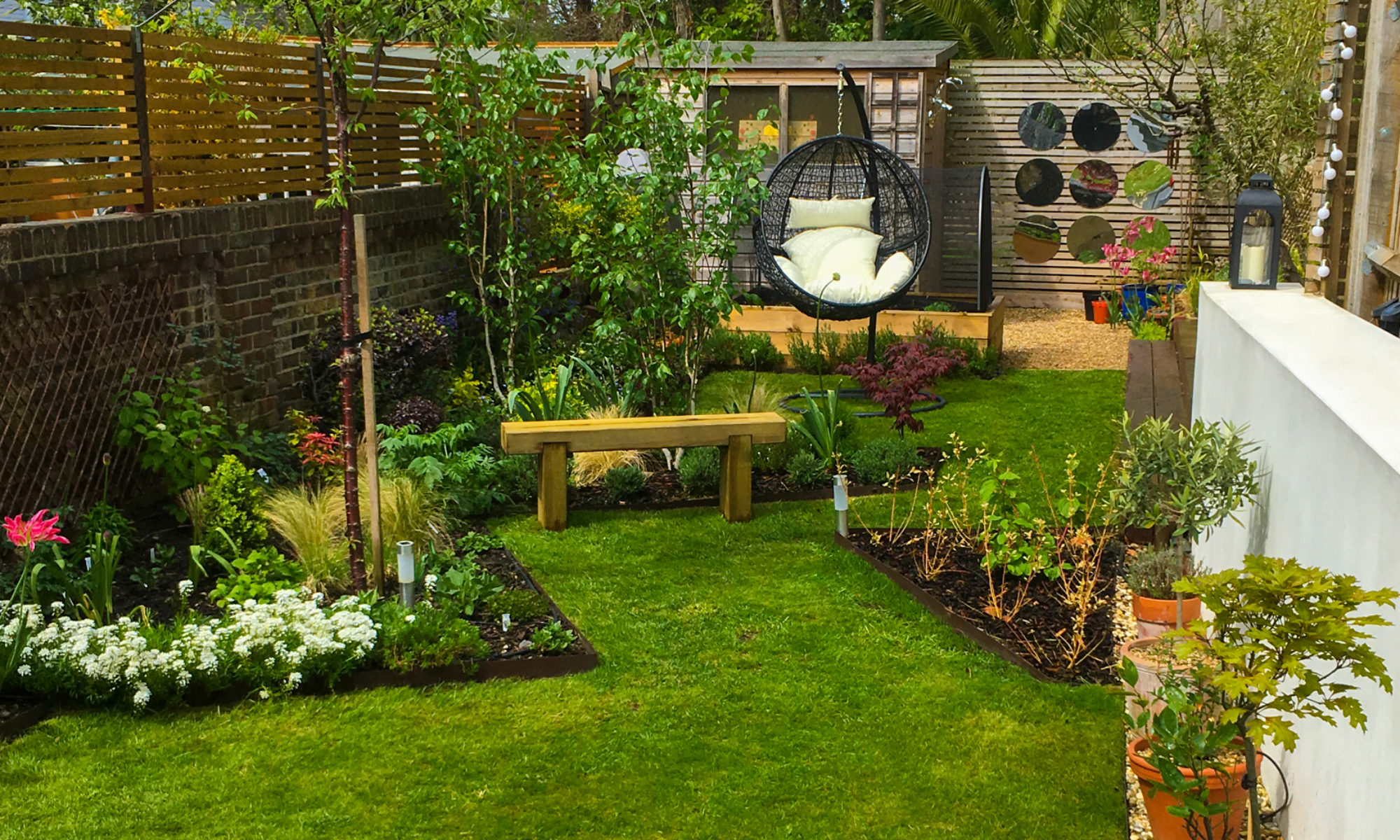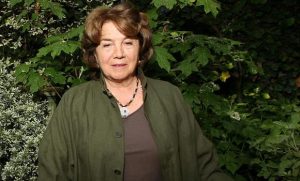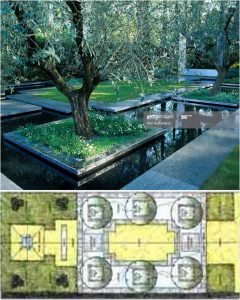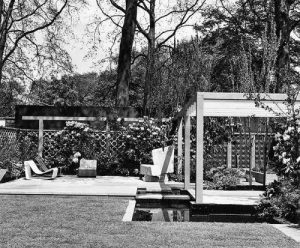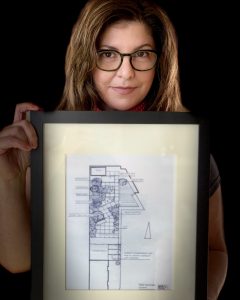In 2002 Mary Reynolds from County Wexford, Ireland, became the youngest ever winner of a gold medal at Chelsea. Her design was called „subversive“, an end to pretty gardens, as it introduced weeds and (allegedly) rabbit droppings to the prestigious Chelsea Flower Show. Imagine the huff and puff at a show that was created by the nursery industry to showcase beautiful flowers in neat settings.
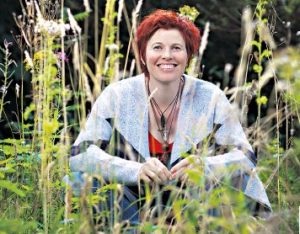
Reynolds‘ garden wasn’t just wild, though. It envoked Irish mythology, with stone thrones arranged in a circle, a circular stone gate through which to enter the garden, and native Irish planting. Her triumph at Chelsea should be understood in the context of the fraught history between Ireland and Britain. Britons used to build the stately gardens in Ireland, bringing with them their plants and their aesthetic. In 2002, Mary Reynolds returned the favour!
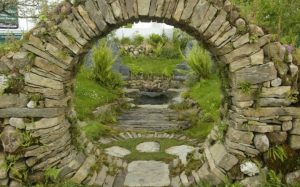

Her approach to planting was revolutionary then, but has become accepted in naturalistic, native plants(wo)man circles. She groups plants into communities that naturally grow together and doesn’t believe in weeding or tilling the soil. For Chelsea she enlisted traditional Irish stonemasons.
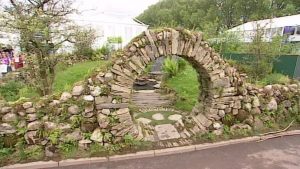
After Chelsea, Mary Reynolds turned environmentalist and can appear as very much an ‘anti-gardener’. It is true that gardens are nature controlled. I would subscribe to this statement. Mary Reynolds wants to free gardens of this control and manipulation, but she says a complete return to wilderness won’t be desirable because it would exclude us humans: “The soil would heal itself. All the little creatures would come back. But something important would be missing: We wouldn’t be part of that process.” It’s spring 2020 and I think I understand.
A biopic about Reynolds, “Dare to Be Wild“, is highly recommended, as is her book “The Garden Awakening”.
Further reading:
